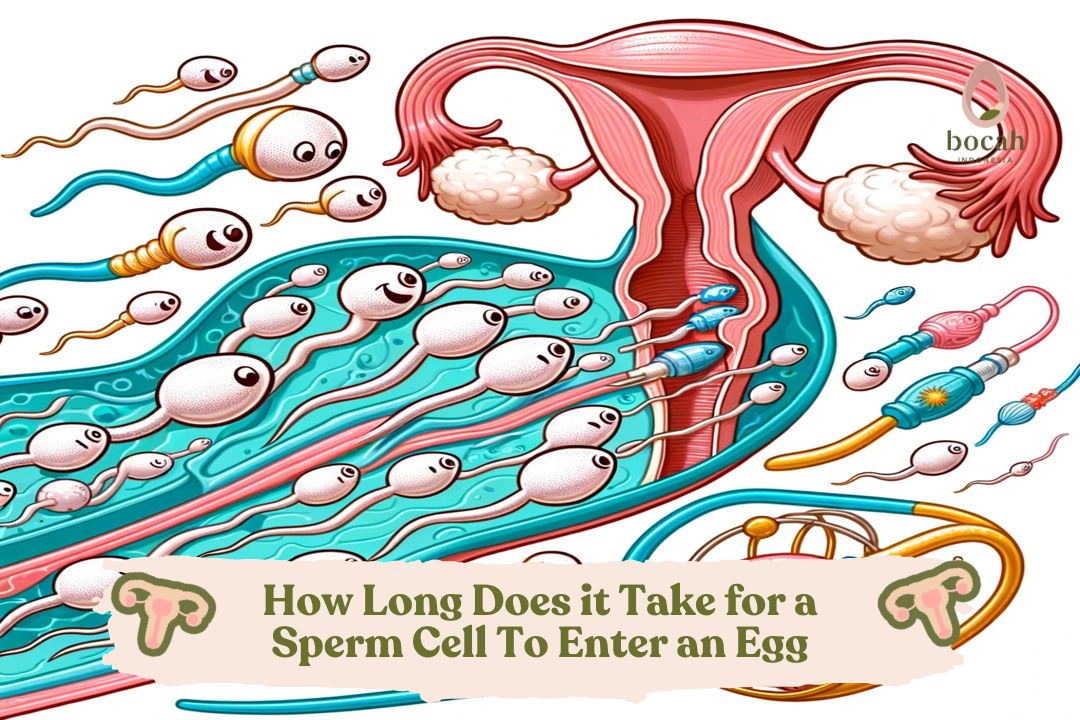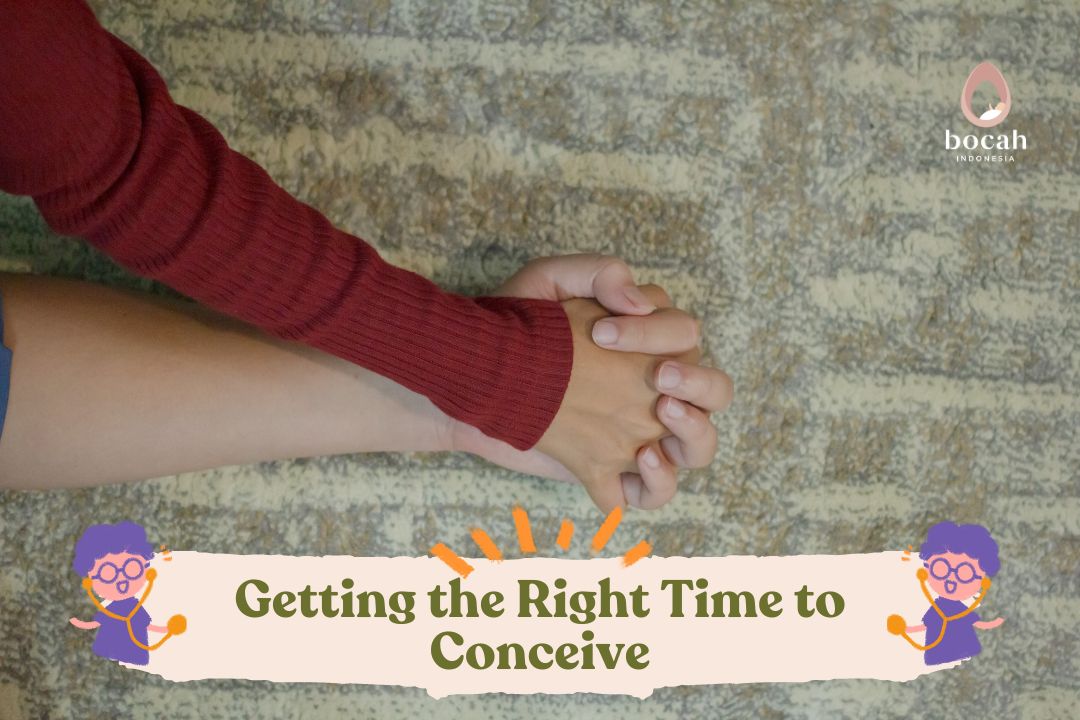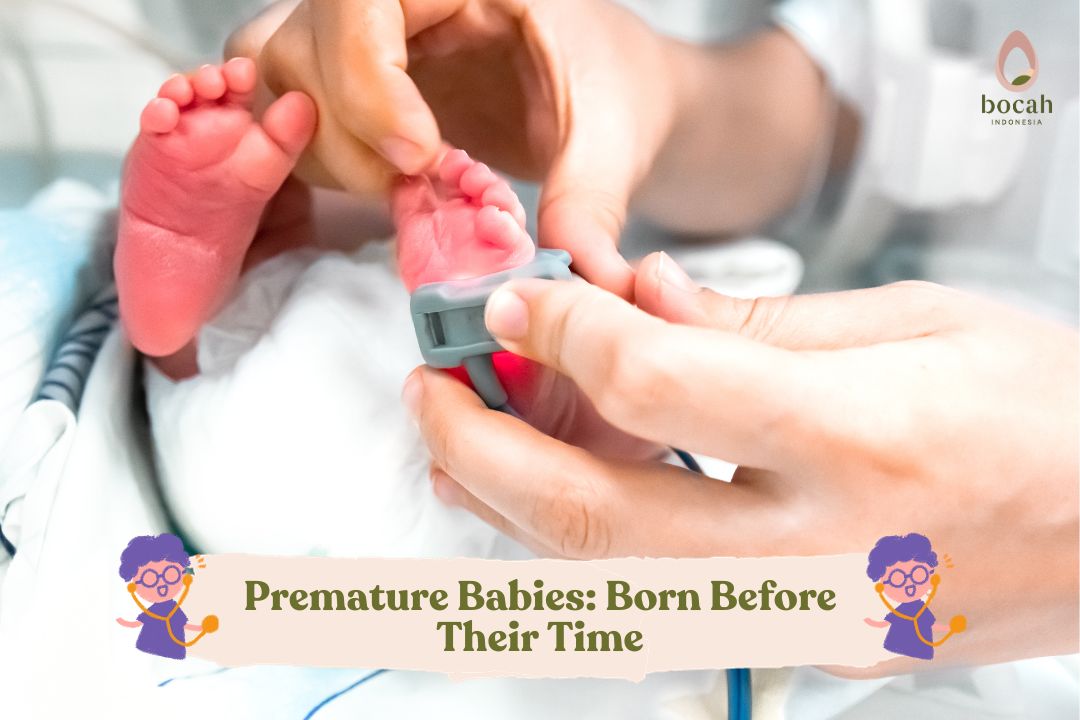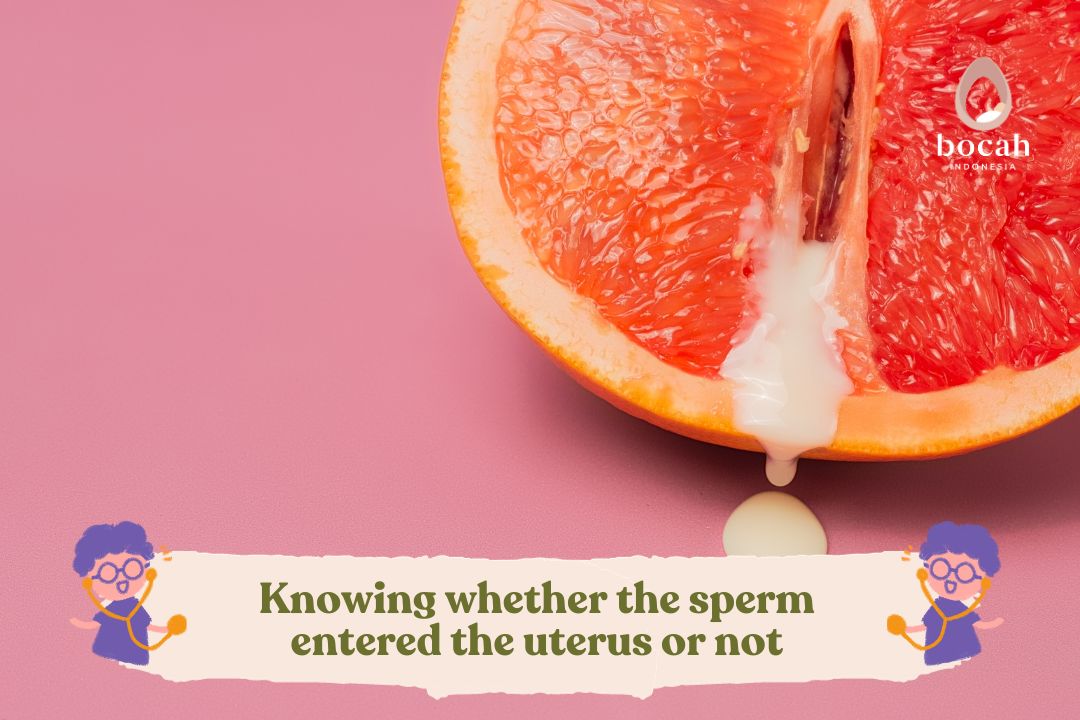Sperm Travel Time to the Fallopian Tubes

Basically, it cannot be precisely determined when fertilization occurs. However, after 24 hours of fertilization, the egg will develop into a zygote.
In the process of natural pregnancy, sperm cells will reach the egg in the fallopian tube for fertilization. If sperm successfully meets the egg, fertilization will occur. Subsequently, the egg fertilized by sperm will develop into an embryo.
According to Dr. Gito Wasian, Sp.And, a specialist in andrology at Bocah Indonesia, it is said that at least 10 million sperm cells are needed, and only about 10 percent of them manage to enter the fallopian tube.
“In the early stages of fertilization, we need a lot of sperm, at least 10 million. Out of the 10 million sperm present, only 10% manage to enter, which is just 1 million,” says Dr. Gito.
Meanwhile, matured eggs are released by the ovaries during ovulation each month and only survive for 24 hours. If they do not meet with sperm, the egg will shed along with the uterine lining, a process known as menstruation.
Tanya Mincah tentang Promil?
So, how long does it take for sperm to reach the egg?
The Process of Pregnancy Occurrence
Basically, the exact time of fertilization is unknown. The process of natural pregnancy occurs when a man ejaculates semen containing sperm into the uterus, and then the sperm moves to find a way to meet the egg.
-
The Fertilization Process
Dr. Gito also mentions that no matter how strong the ejaculation process is, sperm will only reach the vagina. Then, the sperm will swim from the cervix to where the egg is waiting, which is the fallopian tube.
In the process of reaching the egg, sperm needs to have motility or agile movement to reach the egg faster. Dr. Gito Wasian, Sp.And, states that it takes sperm about 30-45 minutes to reach the egg with a motility of at least 30%.
“(Sperm reaching the egg) takes about 30-45 minutes with at least 30% moving forward,” says Dr. Gito.
When sperm meets the egg, fertilization occurs within 24 hours. If they do not meet the egg successfully, sperm can survive in a woman’s reproductive organs for up to 3 days. If ovulation occurs during that time, there is still a chance of pregnancy. This is particularly important for couples undergoing a pregnancy program, as the chances of getting pregnant quickly are higher.
“Sperm can survive in a woman’s reproductive tract for about 3-5 days,” he adds.
-
After the Fertilization Process
After a successful fertilization process, a zygote will be formed and will divide into an embryo.
Has pregnancy occurred? Not yet. You will be considered pregnant if the embryo successfully attaches or implants in the uterine wall. This process is called implantation.
When implantation occurs, you may experience light bleeding, known as implantation bleeding, for 1-2 days. Don’t worry, the bleeding volume is only light spotting, not as much as during your menstrual period.
Once the embryo has attached, the uterine wall will strengthen, and the cervix will close with mucus to provide a suitable environment for fetal development.
When Should Pregnancy Tests Be Done?
To determine if pregnancy has occurred or not, a test pack examination is required at least 2-3 weeks after intercourse during the fertile period.
However, if regular intercourse during the fertile period has been taking place for one year without successful pregnancy, it is recommended to undergo fertility examinations at the nearest fertility clinic.
Source:
- Kim, S.M., Kim, J.S. (2017). A Review of Mechanisms of Implantation. Dev Reprod. 2017 Dec; 21(4): 351–359. https://www.ncbi.nlm.nih.gov/pmc/articles/PMC5769129/
- American Pregnancy Association. What is Implantation Bleeding?






